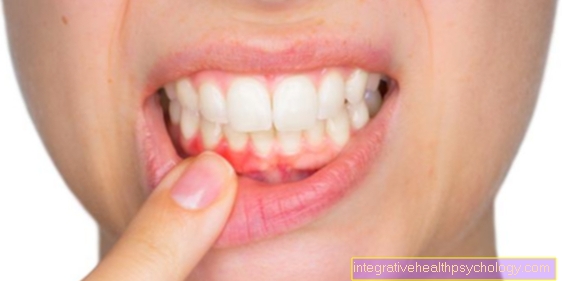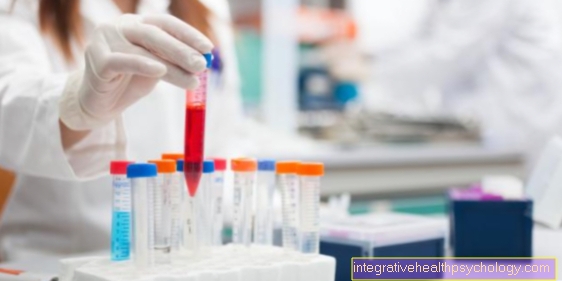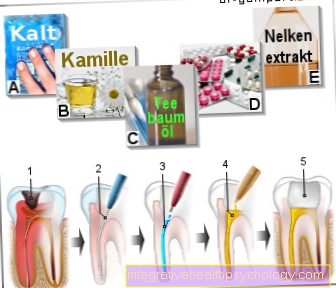Endometriosis Treatment
Synonyms in a broader sense
external endometriosis, adenomyosis uteri
English: endometriosis
Treatment of endometriosis
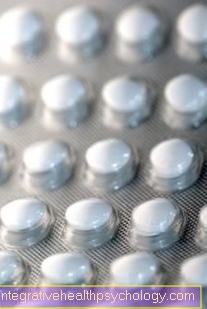
Depending on the severity of the symptoms, the age of the patient and any desire to have children, the various treatment methods are used.
In general, there is the option of medicinal and surgical therapy as well as a combination of both options.
Medical therapy
The simplest means here are those Painkiller to call. As a purely symptomatic treatment, they are used to support other treatment methods and sometimes also as the sole therapy for endometriosis. This is the case if the severity of the disease is low and at the same time there is no desire to have children that would require further treatment. Also expected in the foreseeable future Menopause form, in combination with weak Symptoms of Endometriosis, a reason for pure pain medication. In this phase of life, as already described, the symptoms decrease depending on the hormone.
The next step in drug treatment is the Hormone therapy The administration of luteal hormones (progestins), as they are also in the pill are present, is carried out especially after surgical therapy. It leads to a regression of endometrial foci. However, the typical side effects of a progestin-stressed "pill" occur: depressions, Water retention, nausea and breast tenderness (see also topic: Female breast).
Another drug poses Danazol that acts like a "hormone inhibitor" and is very effective in the regression of affected endometrial foci. Side effects arise here from the oversupply of male sex hormones (Androgens): Especially with acne and weight gain is expected. So-called GnRH agonists lead via regulatory centers in the brain to a sex hormone deficiency, which in turn leads to the shrinking of the affected areas.
Surgical therapy: If the affliction of the affected organs is pronounced and drug treatment of the endometriosis is no longer sufficient, a surgical procedure is required. This is particularly the case when organs stick together. Infertility caused by involvement of fallopian tubes or ovaries should also be corrected surgically. It is recommended to have the operation with a Laparoscopy to avoid damaging important structures. However, if this is not possible due to an extensive infestation, a major intervention may have to be carried out, especially if the intestine, urinary bladder or ureter are affected. If there is no longer any desire to have children and a massive infestation can be determined at the same time, then one is complete removal affected areas, possibly including the uterus, to be recommended.


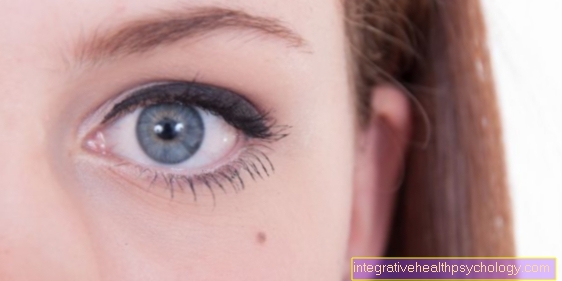






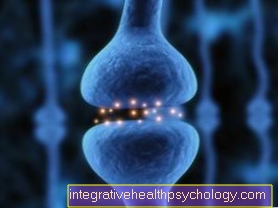
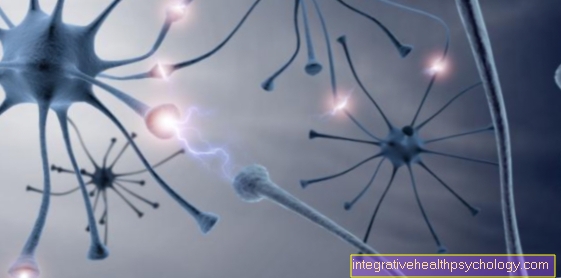

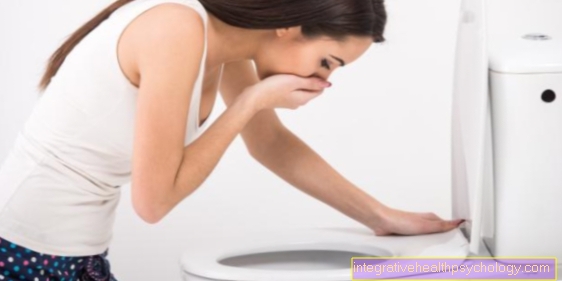




.jpg)
